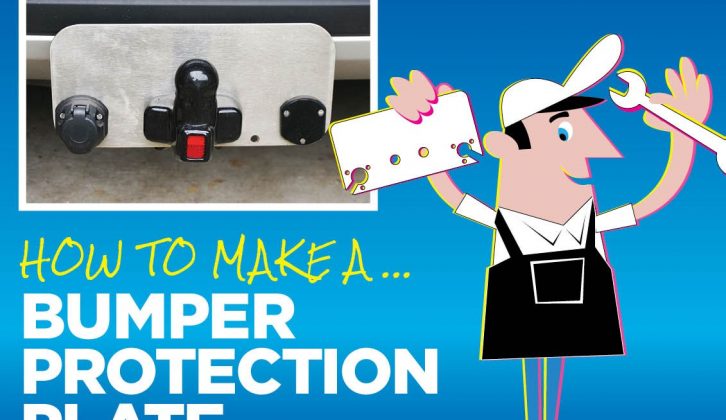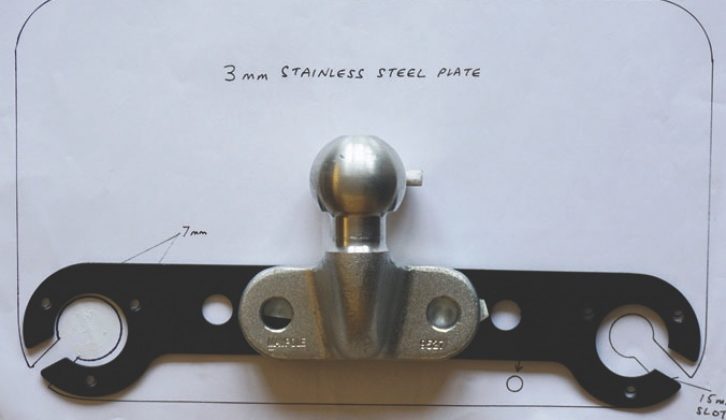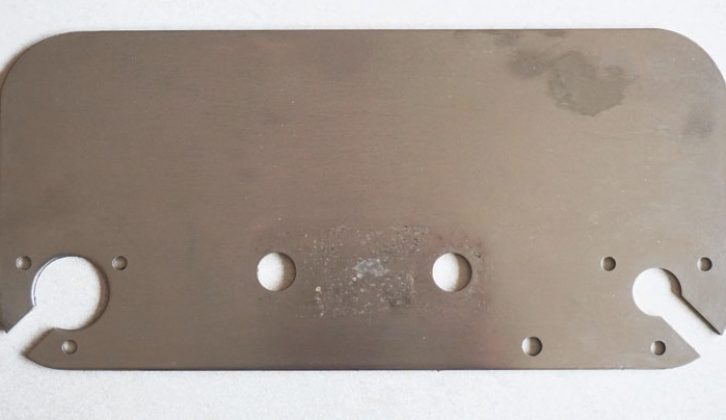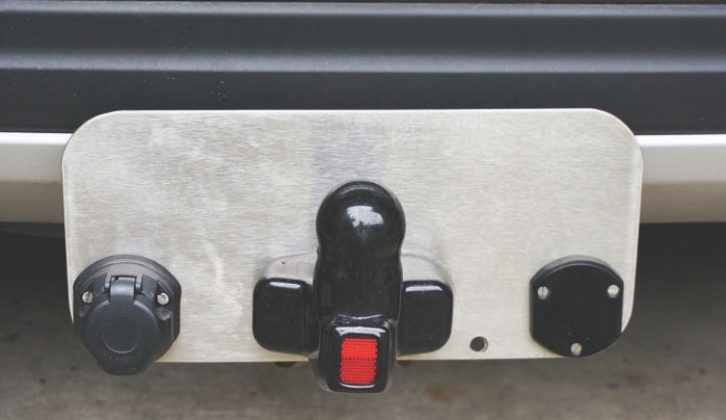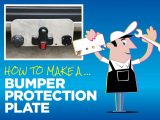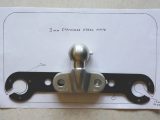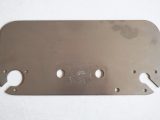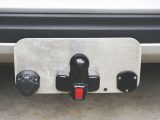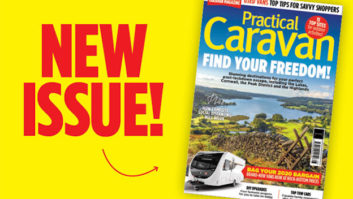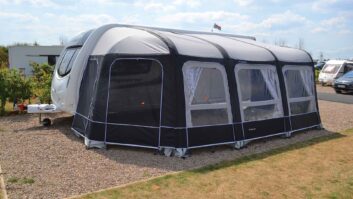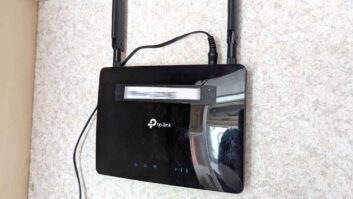Bumper protection plates used to be popular, but I suspect that interference with rear parking sensors might have made them problematic.
And why do we need them? In theory, if we always stick to the rules when hitching and unhitching, there should be no contact between the caravan hitch and the back of the car.
However, even after long experience, I find it difficult to guarantee that I will not cause small scratches on the car over a period of time, and this could affect its trade-in value.
The rules for hitching and unhitching are:
- When hitching on, always get someone to watch you reverse, unless you have a reversing camera.
- When unhitching, you might have reversed the outfit onto a pitch or stopped on the pitch using the car brakes. In either case, the caravan hitch will be compressed and ready to spring out, causing damage when you lift the cup off the ball. To avoid this, apply the caravan handbrake and then roll the car forward a few inches before unhitching. This will extend the hitch and allow you to raise the cup off the ball without problems.
Perhaps if you have a low-mounted numberplate, situated just above the towball, you might consider this it is replaceable, meaning a bumper protector plate is not strictly necessary.
Buy a stick-on pad
Milenco makes a Gel Bumper Protector, a self-adhesive pad that can be attached to the car behind the towball.
This makes a great deal of sense and is a possible solution if you have a swan-neck or removable towball.
If you prefer something that feels a little more permanent, traditional plates mounted between the towbar flange and the towball are still available. They can be purchased in both thin steel, which can rust, and thin stainless steel, which maintains its appearance. Both types are made of thin metal, which you can bend by hand.
Make your own plate
I wanted to have a plate made of thicker metal, so I decided to, instead, have my own plate made.
I drew out a plan for a plate to be cut from 3mm stainless steel by my local fabricators. Measuring 380 x 200mm, this was designed to carry two seven-pin sockets at the corners.
I have since had to cut down the height, to avoid covering a central fog lamp on a previous car; and with the advent of 13-pin sockets, one of my socket mounting points has now been blanked off, using a small offcut of black Perspex.
To be able to fit pre-wired sockets, be sure to have slots wide enough to accommodate the 13-core cable cut into the socket centre hole.
A 3mm metal thickness provides a very robust plate that should last forever and if you follow my advice, insist on stainless steel nuts and bolts for socket mounting, which makes future access to the socket so much easier.
The only problem is as mentioned above: whether the plate interferes with reversing sensors, which are obviously better not turned off.
It would be a good plan to cut a similar-sized example from aluminium, mount it in place, then safely wave something backwards and forwards behind the car, listening to see if the reversing sensors trigger as normal.
A well-constructed bumper protection plate should give you the peace of mind that hitching and unhitching your caravan will not risk damaging the bodywork of your car.
A 3mm metal thickness provides a very robust plate that should last forever and help avoid the risk of damage to your car
